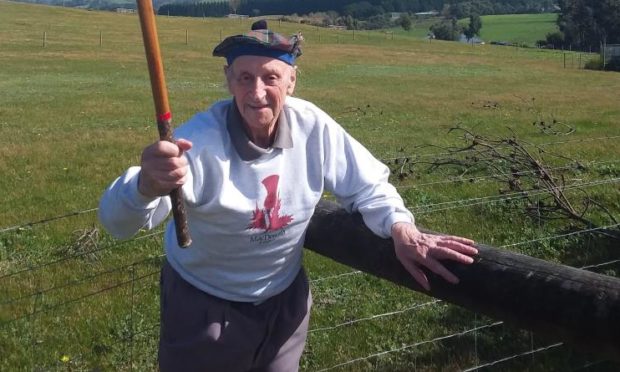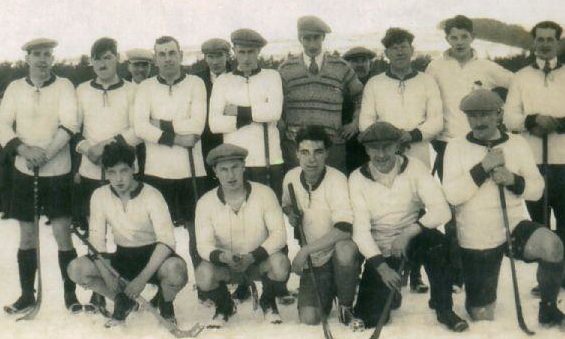At the age of 93, Donald ‘Dodo’ MacDonald hasn’t lived in his native Scotland for half a century, but the years and miles that separate him from his homeland have not diminished his memories.
From the names of the doctors who performed an operation when he was just four, to the shinty players he watched in the 1937 Camanachd Cup Final, incidents are recalled in vivid detail.
Mr MacDonald, who has lived in Adelaide since 1971, reminisces on his childhood in Lochaber and his lifelong interest in shinty in the final interview for the Caman Connection podcast series broadcast today.
The series was commissioned by Shinty Memories Scotland, which uses the sport to tackle mental health issues, and is presented by former Scotland captain, musician and BBC presenter Gary Innes.
Mr MacDonald was born in Bohuntin, Roybridge in 1928 and went to school in Roybridge where games of shinty were played between local children and those from Glasgow who were fostered during the Depression.
He remembers as a four-year-old having a hernia operation – performed by Drs Connaughy and Macdonald – and five years later attending the 1937 Camanachd Cup Final at Keppoch between Newtonmore and Oban Celtic, listing the names of all players on both sides.
He tells Mr Innes he walked two miles to school and in winter it was so cold the children were given cups of hot cocoa, which the teacher had paid for by holding a dance in the village hall.
He later moved to school in Fort William, cycling four miles to Spean Bridge to catch a bus. He remembers using paraffin to free the wheels which had become frozen by the time he was returning home.
During National Service in Edinburgh in 1947, Mr MacDonald played for Edinburgh Camanachd and after being demobbed he began playing for Brae Lochaber shinty club.
“They were just getting started after the war and the field wasn’t a permanent shinty pitch. It used to be cultivated and the year after cultivation we would roll the pitch and put goalposts up. But in the mornings before we played a game, because the cattle were grazing on the field and the moles were kicking up, we had to go over the field in a tractor with a big iron gate behind it to flatten all the molehills and the cows and horse’s poo.”
He recalls one match where he lost six teeth after being struck in the face with a caman (shinty stick), meaning an emergency dentist appointment.
“My uncle was at the game, and when he went home my grandfather asked him’ ‘how did the young lad play?’ He said: ‘I never saw him play better’. By that time I was on my way to the dentist in Fort William.”
Mr MacDonald played for ten years with Brae Lochaber before the club’s amalgamation with Spean Bridge to form Lochaber Camanachd in 1958, listing during the interview team mates and opponents from matches more than 60 years ago.
After marrying, he and his wife moved to Australia where he worked 84 hours a week in a factory cutting metal. Despite shinty being largely unknown in Australia, his love of the game has continued and he follows the sport, as well as other Lochaber news via the Press and Journal and social media.
Mr MacDonald was also an accordion player and MC at dances in Lochaber. Mr Innes said he will also feature in a forthcoming episode of his radio programme Take the Floor.
He said: “Donald is quite remarkable because there are very few people of his age that can remember things so clearly. And despite living in Australia for 50 years he still has a strong Lochaber accent and knows everything that’s going on at home.
“He is a true Highland gentleman and a real character.”











